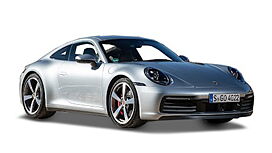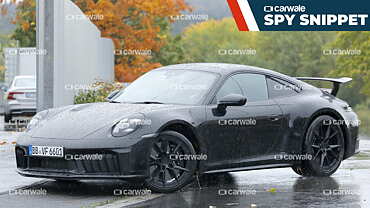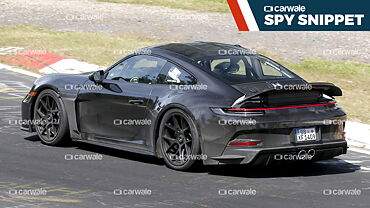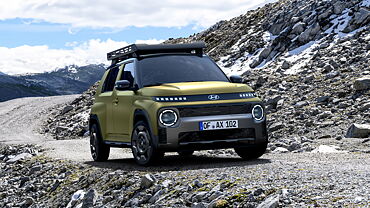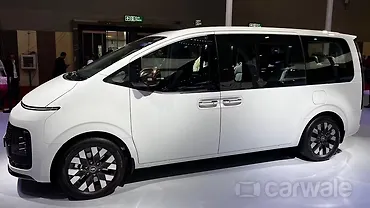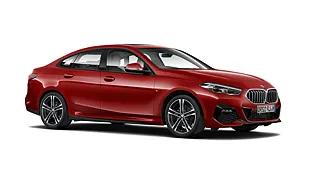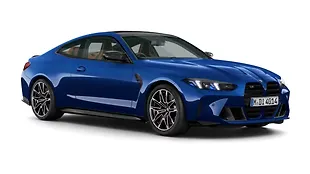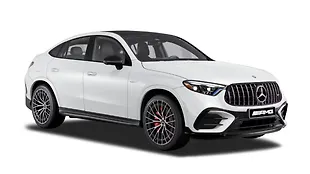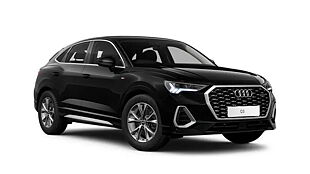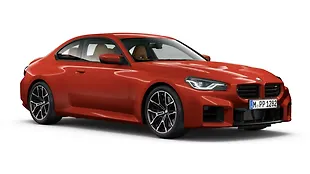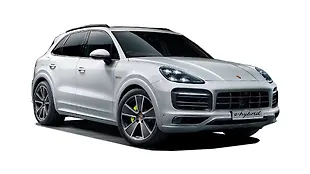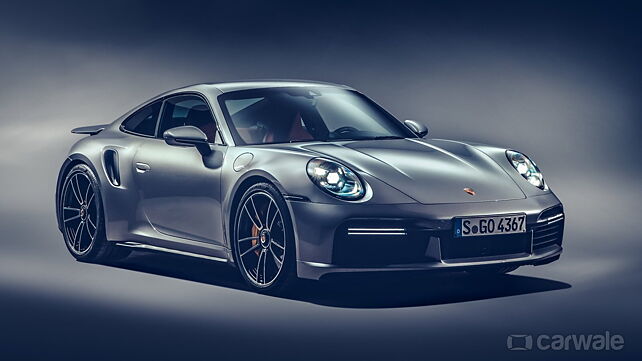
- The most powerful 911 Turbo till date
- 0-100kmph in 2.6 seconds
Former Formula 1 driver Mark Webber dropped the veil off the new-gen 911 Turbo Coupe and Cabriolet yesterday. The force-induction 911 is now the most powerful Turbo model ever and following the tradition, the 992 Turbo wears a fixed-wing and large intake on the rear fender.

Power comes from a new 3.8-litre twin-turbo flat-six which is based on the standard Carrera’s 3.0-litre unit. It is attached to variable vane turbochargers that are larger than before and a new charge-air cooling system. The result – the 911 Turbo S puts out 640 bhp (up from 580bhp of the older Turbo) and a whopping 800Nm of twisting force sent to all-four wheels through an eight-speed PDK dual-clutch automatic. This bump in power means the 911 Turbo could hit a 100kmph from standstill in mere 2.6 seconds (the cabriolet will do it in 2.7 seconds). And the top speed of both the models is 330kmph.

Porsche’s adaptive dampers (PDC – Porsche Dynamic Control) are fitted as standard and so are the carbon-ceramic composite brakes. The wider track on the rear axle also features the rear-wheel steering. Moreover, the wheel size is upped to 20 inches at the front and 21 at the rear wrapped by 255mm and 315mm profile Pirelli tyres, respectively. Also new are those electronically controlled cooling air flaps on the front bumper which pneumatically control the front splitter. This means the downforce is increased by 15 per cent over the predecessor. Although the fixed-wing is standard, we also expect a duck-tail spoiler to be added in the list later.

On the inside, the 992 Carrera cabin gets an analogue tachometer flanked by digital screens. The upholstery is full leather with carbon fibre trim with light silver accents along with sports seats that have 18-way power-adjustable. And a host of Turbo badges are a given.
To get one, you’ll need to lighten the pocket by 203,500 USD for the Turbo S Coupe, or 216,300 USD for a Turbo S Cabriolet. Deliveries are slated to begin by end of this year. India debut is likely to happen either by end-2020 or early next year.


